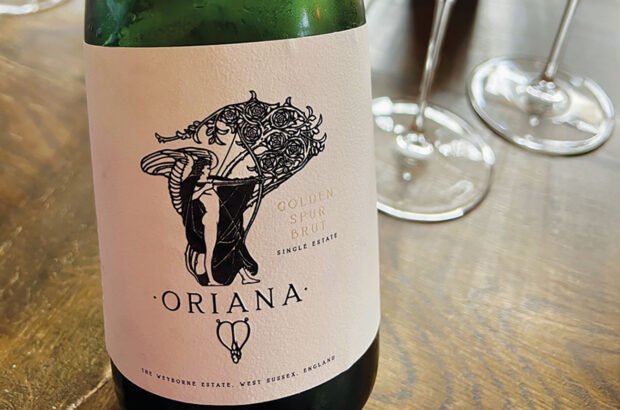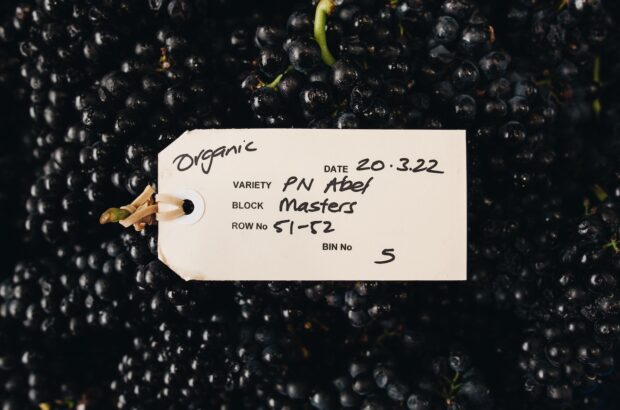What comes to mind when you think of Mexican food? I’m pretty sure it’s not the jericalla (a custard-based dessert from Guadalajara with woodruff, apple, mead and wood ants) I had at the Michelin-starred Kol in London (with an 1867 Madeira; yes, the pairings are startling there, too). Nor perhaps the burritos and enchiladas you might find at a branch of Taco Bell, which is more Tex-Mex, as opposed to the kind of modern Mexican food you find in Mexico City, Oaxaca and London these days.
Mexican food has come on in leaps and bounds in the last 10-15 years, but it’s not so widespread outside the country that the habit of drinking wine has grown up around it. Even though Mexico has its own wine industry, it’s far more common to drink beer, cocktails such as margaritas and soft drinks such as agua fresca than wine with Mexican food.
Even restaurants that would like to showcase Mexican wines are deterred by the cost. ‘There are some really good wines from Baja California, but the import taxes make them expensive,’ says Natalie Diaz-Fuentes, co-founder of Santo Remedio, which has three branches in London. ‘If you put them on the list, they’re just not going to sell.’ They do, however, stock three wines from leading Mexican estate LA Cetto – the Chardonnay in particular consistently goes well with their food.
Bright and zingy
Although much of the Mexican food that you’re likely to come across will feature bright, zingy notes of lime and coriander, the key ingredients – the ones that give the cuisine its character – are corn and chillies. The former is relatively straightforward – it’s the toppings rather than the corn-based bases that tend to dictate the match, though the Chardonnay-friendly taste of corn is always present in the background.
Chillies, of which there are an estimated 150 types in Mexico, are far more complex. ‘Mexican cuisine is an umbrella for enormously varied and variegated regional dishes,’ says Tony Gopal, head sommelier at Kol. ‘To use chilli as a microcosm, dried pasilla mixe is vastly different to fresh habanero; the smoky, dried-fruit flavours of mole poblano require a completely different pairing approach to the fresh, green heat you would find in an aguachile [a raw seafood dish with lime juice, chillies and coriander] on the beach in Sinaloa.’
You witness that in mole, the most common iteration of which is mole negro – a dark, spicy, chocolate-spiked sauce that traditionally accompanies chicken. In Oaxaca, which is referred to as ‘the land of seven moles’, you can find red, green and yellow moles, all of which suggest a different pairing from the bold reds that would accompany the classic version.

Luis Sánchez, Rosetta. Credit: Araceli Paz
Balance the heat
Even if they’re not excessively hot, chillies are omnipresent, even in a fine-dining venue such as Kol. ‘That makes phenolic ripeness important,’ stresses Gopal. ‘Any sort of bitterness in wine is simultaneously accentuated by and accentuates chilli heat. For whites, you want no poorly integrated oak or excessive greenness; for reds, light extraction and low tannin, or appropriate maturity in inherently tannic varieties.’
Luis Sánchez, the sommelier at Michelin one-star Rosetta in Mexico City, agrees: ‘A wine with too much tannin, for example, can intensify the heat and create a harsh sensation,’ he says. ‘The ideal is to look for harmony in fresh wines with good acidity, which complement and highlight the dishes without overpowering them.’
Rosetta’s chef Elena Reygadas, who was declared The World’s Best Female Chef 2023 by The World’s 50 Best Restaurants, also favours low intervention and skin-contact wines – especially with spicier dishes and pipianes (moles made with ground seeds). When I was in Mexico City last autumn, I found they worked well, too.
Another challenging dish (although it originated in Peru rather than Mexico) is ceviche – generally better, I find, with aromatic whites than citrussy ones, which the marinade tends to cancel out. But it’s typically served with other small plates so, as with other ethnic cuisines, it’s mainly about finding a wine that suits the overall style of the food.
Five Mexican food & wine pairings to please
1. Corn with Chardonnay
Mexican food is rich in corn – corn-based dishes include tamales, tostadas and tacos – which Chardonnay loves.
2. Ceviche with Friulano
Aromatic whites complement rather than cancel the citrussy character of ceviche marinades. Torrontés is another good option.
3. Fish tacos with Sauvignon Blanc
Think of it as the Mexican equivalent of fish and chips.

Credit: Claudia Totir / Getty Images
4. Mole negro with Zinfandel
You need ripe fruit with the dark, chocolatey flavour of a classic mole.

5. Birria with New World Cabernet
This rich, spicy stew works really well with a well-structured Cab. A GSM blend would work, too.

Credit: Cesar Fernandez Dominguez / Getty Images












